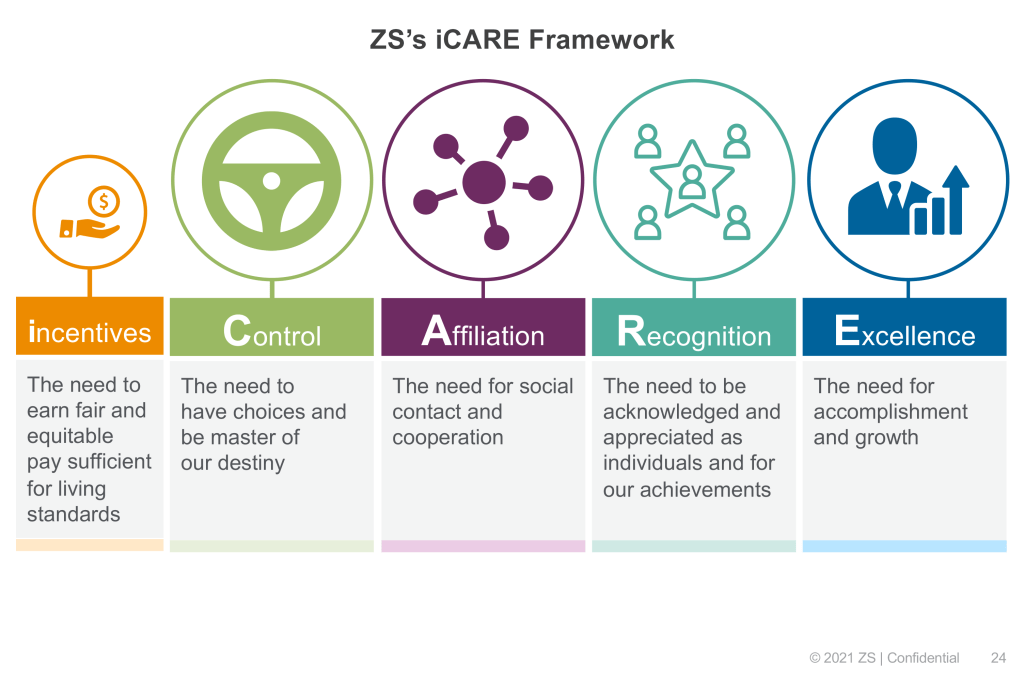SAMA just released its biannual report on SAM and KAM compensation trends and practices. Chad Albrecht, Managing Principal of ZS Associates, and Joel Schaafsma, SAMA’s Research General Manager, have offered us a sneak preview of some key findings. As an added bonus, they also shared some levers best-in-class companies are using to incentivize SAMs in today’s world.
About the Report
SAMA’s and ZS’s The State of Sales Compensation for SAMs is the most comprehensive compensation survey of SAMs and KAMs available anywhere. Participants included 200 Account Managers, SAM Program Directors, and Central Office/Program Managers across 8 industries worldwide. Best of all: If your company participated in the research, the report is complimentary. (Want to know if you qualify for a free report? Email Joel Schaafsma.)
Some Key Takeaways
Here are six highlights from the report and tidbits from other sources.
- Respondents expect big things in the year ahead. Despite the year everyone had, respondents expect their SAM programs to grow at roughly the same pace –10% – as they projected in 2019.
- Respondents expect their SAM programs to drive a disproportionate level of growth for their companies. Overall, respondents project their programs to grow 25% faster in 2021 than their companies as a whole.
- Covid-19’s impact on SAM compensation varied tremendously by industry.
- In 2020, account managers in healthcare received 20% higher pay than in 2018, compared to other industries where pay rose just 2.7%.
- Meanwhile, program directors in healthcare received 29% higher pay in 2020. In other industries, pay declined by 11%.
- SAM compensation was driven by sales attainment to a much larger degree than it was two years ago. On average, sales made up 56% of incentive pay in the past year for SAMs; two years ago, that number was just 43%. For Account Directors/VPs, this number rose from 15% to 28%, largely at the expense of division/BU/company performance.
- Incentives aren’t just about the money. Respondents cited health benefits, vacation pay and retirement benefits as 3 top factors that attract, motivate and retain account managers and directors.
- The most common MBOs for SAMs measure leading indicators: account planning (77% of plans) and activity-based metrics like collaborative meetings (75%). These are followed by goal attainment, growth and sustenance, and business expansion. For program directors, MBOs are more results-oriented: the top five MBO measurables are goal attainment, business expansion, account planning, growth and sustenance, and activity based metrics.
Moving Forward – How to Incentivize Your SAMs
Now that we have covered some learnings, here are some ways you can design your own compensation plan to attract, motivate and retain the best talent.
- Consider using Artificial Intelligence/Machine Learning (AI/ML) to predict quotas. They were found to be more accurate than traditional sales forecasting models. AI/ML models reduced national forecast error by 10% compared to traditional models.
- Think about alternative ways to incentivize your SAMs. ZS’s Chad Albrecht suggests using his company’s iCARE framework (Fig. 1), which looks at four motivators for SAMs: control, affiliation, recognition and excellence. He suggests managers:
- Give SAMs more control over their daily activity so they can spend more time on the affiliation/social side of their jobs doing what they really enjoy, like engaging with customers.
- Provide recognition to SAMs by sharing a video from leaders or offering coaching.
- Look for ways to drive people to innovate and demonstrate excellence. Some ideas he shared: create an inventory of “best failure” case studies to prove how others have overcome failure; or offer paid time off for executive education at programs such as Kellogg or Harvard.

Key Takeaways on Best-in-Class Compensation Plans
Every strategic account management compensation plan is different and ultimately should focus on the organization’s overall strategy and structure – what it asks of its SAMs. But there are a few common characteristics found among leading SAM programs that offer some good advice.
- Roughly half of a SAM’s compensation should come from current-year sales. While we want to reward our SAMs based on forward-leaning, customer-centric behavior, their activities eventually need to translate to actual sales.
- Roughly half of a SAM’s compensation should be based on MBOs, since they will have account-specific objectives that may be longer term in nature and may not be reflected in current-year results.
- Sales results should be paid with a quota bonus at a fairly high threshold, e.g., 75%.
- MBOs should focus on a few key objectives so SAMs can focus on what truly matters.
- Since strategic account management program is a company-wide business strategy, consider paying field sales on the SAM account performance. If they are also responsible for pulling through strategic accounts, this will create better alignment between them and the SAMs.
To download or purchase the full report, click here. Not sure if you’re entitled to a free report? Email Joel Schaafsma.
- SAMA’s Annual Conference: The Ultimate ROI - February 12, 2024
- What’s In A Name? Turns Out — Everything! - February 1, 2024
- Procurement & Sales: A Complex Relationship - January 17, 2024

